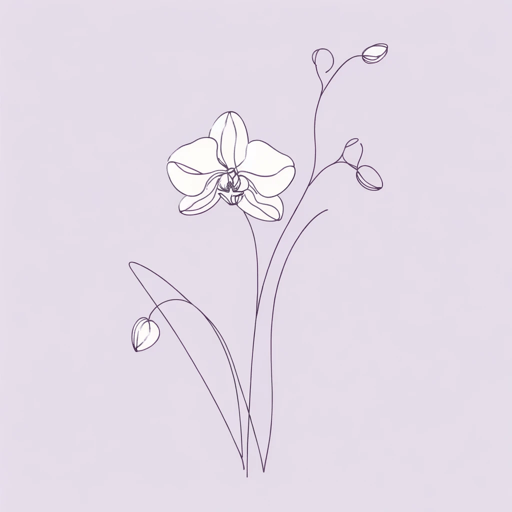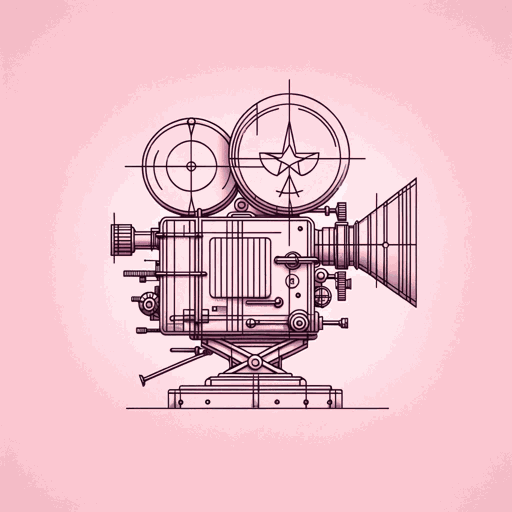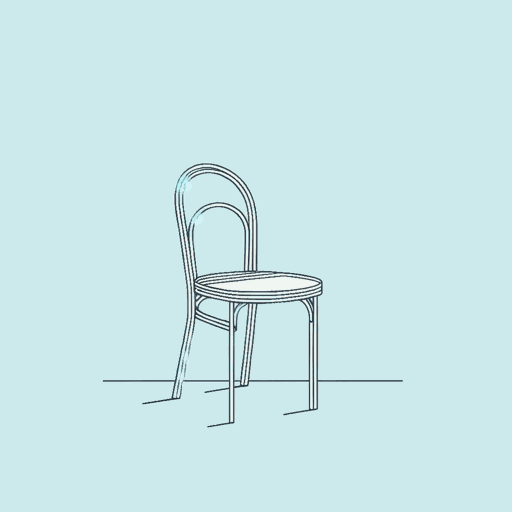47 pages • 1 hour read
Joan DidionThe White Album
Nonfiction | Essay Collection | Adult | Published in 1979A modern alternative to SparkNotes and CliffsNotes, SuperSummary offers high-quality Study Guides with detailed chapter summaries and analysis of major themes, characters, and more.
Background
Literary Context: Joan Didion and New Journalism
The essays in The White Album reflect the American literary movement known as New Journalism. Didion was a journalist, and the essays document events associated with real figures—like Huey Newton, a revolutionary who co-founded the Black Panther Party and was accused of killing a police officer—and institutions—for example, the California Department of Transportation, which created diamond lanes to encourage carpools and bus ridership. As a New Journalist, Didion merges nonfiction with fiction and its literary devices, like dialogue and narrative voice. Like a novel told in the first person, Didion’s essays feature an “I.” She’s the narrator, and the essays spotlight her nuanced, whimsical, and often ironic voice. Didion documents her talks with people in the California Department of Transportation and gives her perceptions of Huey Newton and the Black Panthers. The role of the objective, impartial journalist doesn’t apply to New Journalism. The journalist tends to become a character with specific opinions and traits, and Didion creates a character who likes shopping malls, deals with migraines, visits Hawaii, and is weary of feminism and the meaning of social justice movements.
As New Journalism took root in the 1960s and 1970s, many of its practitioners wrote about similar topics.
Related Titles
By Joan Didion
Featured Collections
Books About Art
View Collection
Books & Literature
View Collection
Books on U.S. History
View Collection
Journalism Reads
View Collection
National Book Awards Winners & Finalists
View Collection
National Book Critics Circle Award...
View Collection
Politics & Government
View Collection
Sexual Harassment & Violence
View Collection
The Past
View Collection
Trust & Doubt
View Collection
Truth & Lies
View Collection
Women's Studies
View Collection






